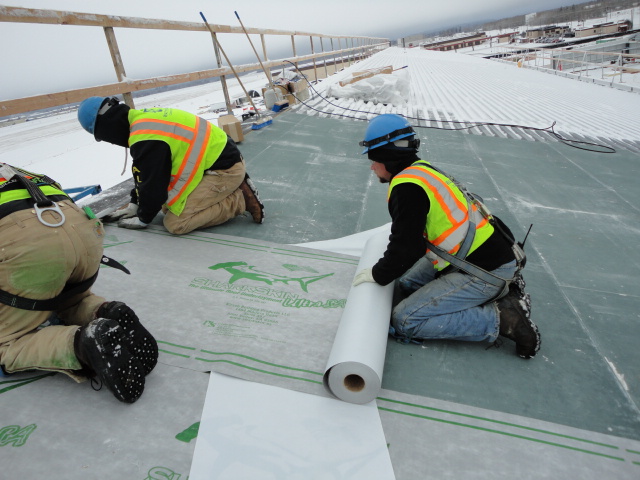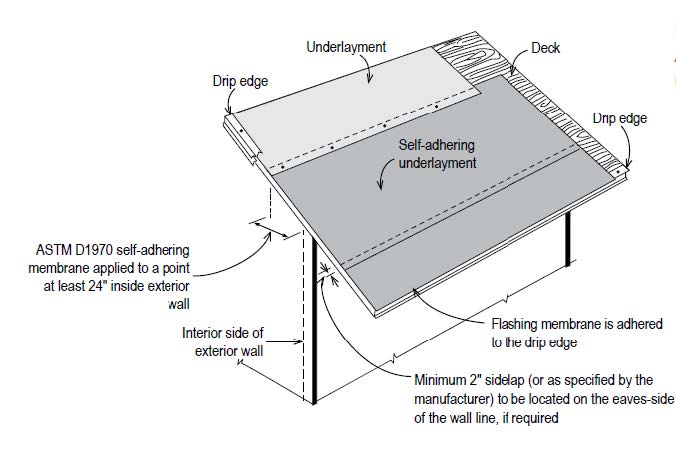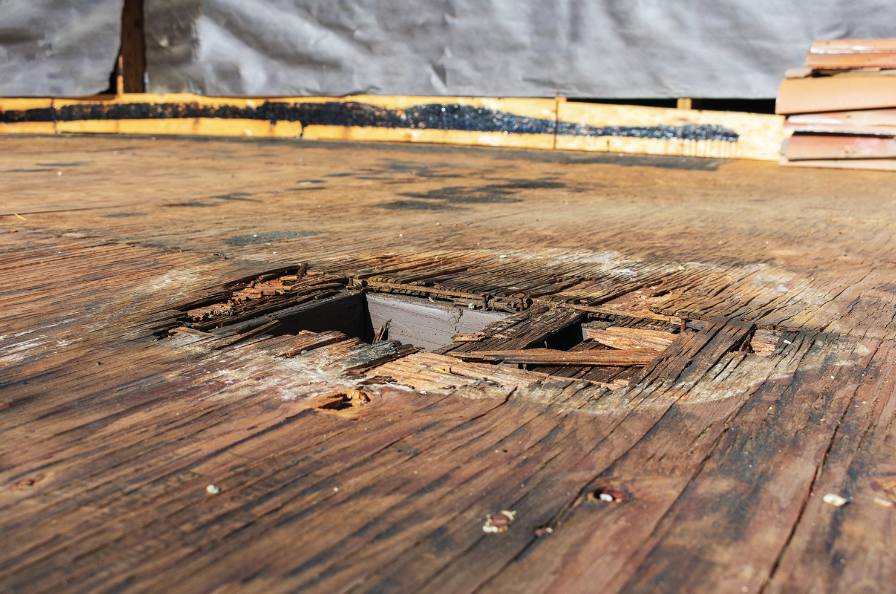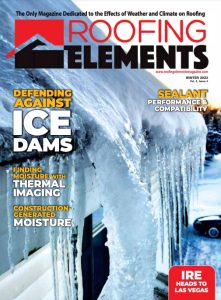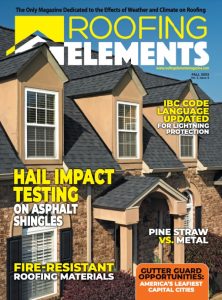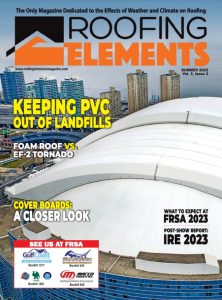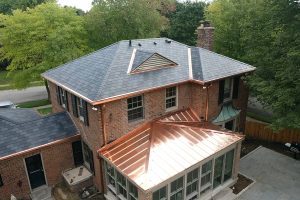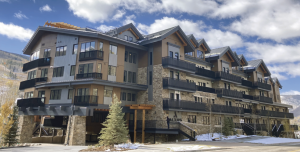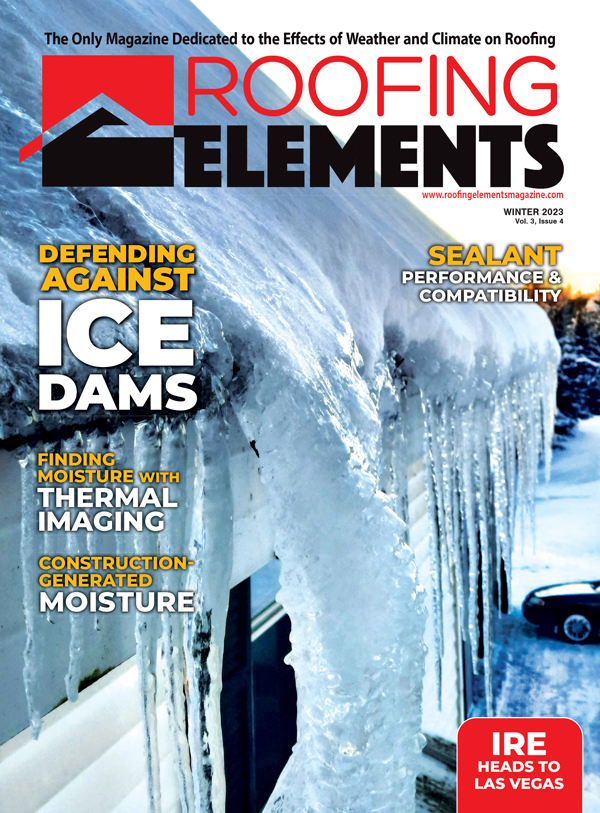BY Mike Smyth, Overson Roofing
The Summer of 2021 was the sixth hottest since 1880 for the lower 48 states, according to a report by the National Oceanic and Atmospheric Administration [https://bit.ly/3wEjvn8]. With summers trending hotter, roof issues are becoming as bad as those during the winter. Understanding how the summer climate affects the roof allows you to help homeowners prepare in advance and prevent problems.
High Temperatures
Unless there are trees in the owner’s yard providing shade, the roof will suffer from the effects of increasing heat. Temperatures on a home’s asphalt roof can exceed 150 degrees on a 90-degree summer day. When temperatures get this high, it leads to the breakdown of the roofing materials. Asphalt shingles can loosen, granules on the shingles can dislodge, tiles can crack, and underlayment can dry out.
Position yourself as someone who can help. Encourage homeowners to inspect their roofs from the ground by standing back and looking for any damaged or dislodged shingles or cracks in tiles. They should also inspect the ground around their home after storms. The granules on asphalt shingles will wash off during heavy rains leaving small pebbles around the edges of the home.
Summer Storms
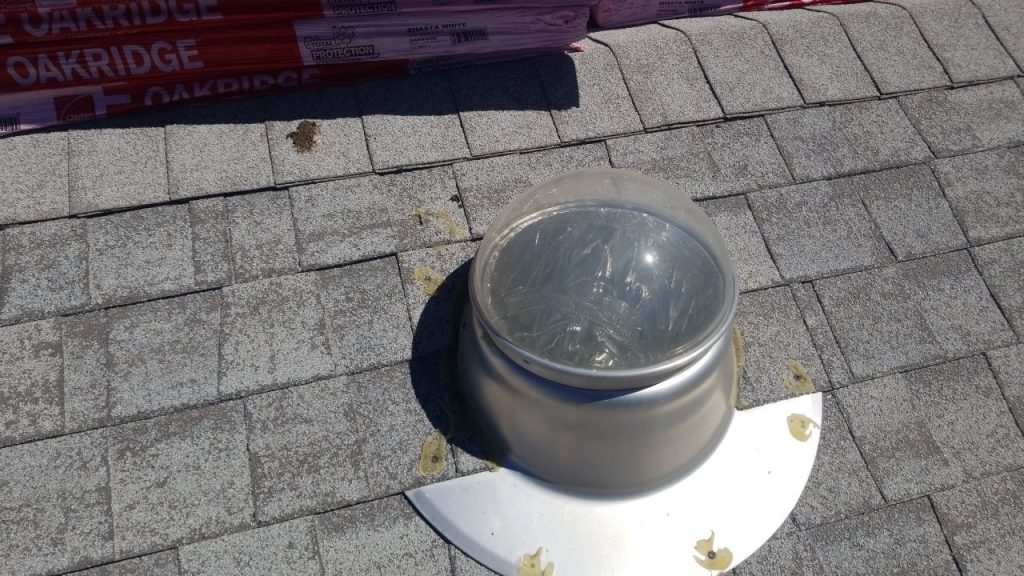
Ultra-violet light from the sun penetrates the shingles or tile on the roof, which causes damage over time.
Strong storms, hurricanes and tornadoes come up often during the summer. These storms result in high winds leading to roofing elements becoming damaged. In addition to wind damage, branches and other debris falling on the roof causes tiles to loosen, and holes to appear. Hailstorms will further damage exposed areas on the roof.
After a storm, it is important to inspect the roof. During the inspection, look for missing shingles or tiles, damaged areas, exposed underlayment, and ponding water. Attics should also be inspected for telltale signs of roof damage such as sunlight sneaking in and moisture.
Thermal Shock
When a roof is subject to direct high heat during the day and cold temperatures at night, this can lead to thermal shock. The heat of the day causes the roof to expand, and the cold temperatures contract the roofing materials. Newer roofs aren’t as susceptible to thermal shock because the materials are still flexible. But, as the materials age over time, thermal shock stresses the roof, which leads to splits or cracks in shingles, tiles, underlayment, or even the framing.
Prevention of thermal shock is not possible, so regular roof maintenance is necessary to help the roof stay in good condition. In areas with extreme temperature swings, roofs should be checked frequently to identify any cracked tiles or shingles indicating thermal shock damage.
Ultra-Violet Light
During the summer, sunlight hits roofs at full force. Ultra-violet light from the sun penetrates the shingles or tile on the roof causing damage. UV light will even penetrate during overcast days, meaning no roof is safe from UV exposure during the summer.
UV light impacts the quality of the roof, causing materials to deteriorate at a faster rate. Wood will bleach, tiles may crack, and shingles will curl, peel and split over time. The UV light also causes the oils in the roof to dry out making the material brittle. Shingles that are lightening due to the UV light is the initial indicator that it is time for a professional to offer homeowners an inspection for any underlying damage.
High Humidity
Many parts of the country experience high humidity during the summer. Humidity can lead to water damage even when it hasn’t rained. Moisture build-up will damage shingles, framing, eaves, and underlayment. Moisture can also seep through the exterior roofing materials and become trapped in an attic or crawl space.
High humidity in the attic will lead to structural decay affecting the stability of the entire roof. To prevent this, the roof must have adequate ventilation. When air is moving through the attic it better regulates the roof temperature. Make sure there is a vent at the uppermost part of the attic and one lower along the floor. This allows air to flow through, which draws in fresh air and exhausts stale, moisture-laden air.
When signs of humidity damage are present, it’s time for professional repairs. The longer the roof is subjected to excess moisture, the more prone it is to damage from storms and decaying wood.
Mold Damage
Summertime brings rain and humidity, especially across the Southeast. High humidity areas lead to the growth of mold and mildew. Mold loves dark, damp spaces, so it may be noticed growing under gutters, awnings, or in the corners of roof fascia.
The most common mold found on roofs is Gloeocapsa magma, a blue-green algae. Stains and streaks on shingles and tile are the identification factor of mold. While this form of mold is not dangerous, it is unsightly and causes the roof to stay damp, which leads to rot.
Mold should be identified and removed as quickly as possible. It can be tracked into the home on the bottoms of shoes after rain rinses it off the roof and onto the ground. Mold also penetrates roofing materials, which promotes wood rot and the erosion of shingles. If left untreated for a long period of time, the damage can become irreparable and result in the need for a new roof.
If streaks are noticed on shingles, or mold is noticed in crevices a professional should clean the affected area due to the potential health hazards.
Conclusion
Heat worsens many roof condition issues. Educating homeowners about how to spot telltale roof changes or damage — especially on homes with older roofs — will help them know when they need to call you for roof maintenance, repair, or replacement. l
About the Author: Mike Smyth is the General Manager at Overson Roofing [www.oversonroofing.com] in Mesa, Arizona. The company has served its clientele with professionalism and respect for over 30 years. It won the Better Business Bureau Blue Torch Award for ethics in 2016 and the Angie’s List Super Service Award in 2020.



